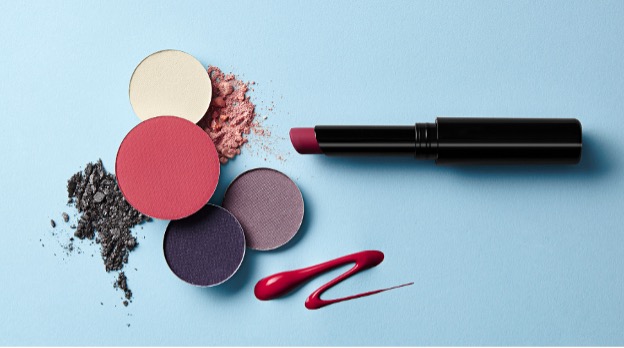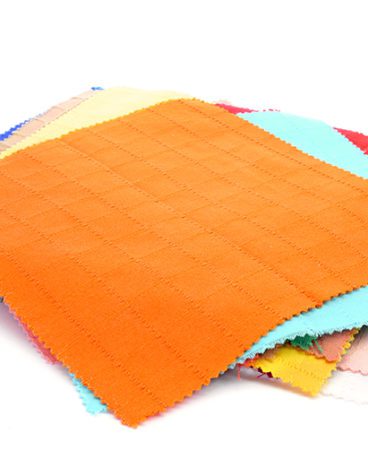Color is a vital aspect of the beauty industry, as it plays a crucial role in attracting customers and influencing purchase decisions. A cosmetic product’s color can convey a sense of glamour, elegance, or fun, depending on the intended audience. Additionally, the right color can help highlight the product’s features and benefits, making it more appealing to consumers. Returning customers rely on their favorite brands to provide consistent colors over time.

Industry Trends and Color Challenges
The cosmetics industry has witnessed several trends that have posed significant color challenges for manufacturers. One such trend is the increased demand for organic or vegan ingredients, which can lead to more color variance. Moreover, governmental regulations on safe and sustainable ingredients have compelled companies to reformulate their product lines, resulting in significant challenges for color-responsible stakeholders. This includes product development and marketing teams who are striving to develop market trend colors, R&D teams tasked with controlling color and formulating new color products, quality assurance teams responsible for ensuring product consistency and reproduction, and production teams tasked with maintaining color accuracy.

The High Cost of Color Mistakes
The cost of getting color wrong in the beauty industry can be significant. An inaccurate color can result in costly product returns, lost sales, and reduced customer satisfaction. Moreover, color inconsistencies in production can lead to quality errors, resulting in further waste and financial losses. In addition, color problems for the end consumer can deteriorate brand trust and cause customers to switch products, or worse, brands.

Setting Up for Success
Implementing a color management system can be a game-changer for success. A solid color management workflow can increase product quality by ensuring consistency in color across different product lines and batches. This consistency creates a reliable brand identity and can lead to increased customer satisfaction and loyalty. Additionally, a color management system can help a brand optimize its formulations to meet specific objectives such as sustainability, cost-effectiveness, and better use of organic or vegan ingredients.
Moreover, setting up a color management workflow can help a brand formulation or reformulate products quickly and easily. The system can accurately measure and match colors, reducing the time and resources needed to develop new products so that brands can respond quickly to market demands and stay ahead of the competition.

Getting the Job Done
Datacolor is a trusted provider of color management solutions for many of the major cosmetics manufacturers such as L’oreal, Unilever, P&G, Estée Lauder, and Coty, among others. Datacolor has solutions that support a broad range of beauty applications, including foundations, fragrances, lip, eye, nail polish, cremes, gels and hair dyes.
For Quality Control
Datacolor’s high-precision benchtop spectrophotometers, like the Spectro 1000, allow for accurate color measurements across different facilities, ensuring close-tolerance color comparisons. SpectraVision enables the same level of precision as Spectro 1000, but it is capable of measuring multi-colored samples. Both of these instruments can be vertically configured (SpectraVision V, Spectro 1000V, and Spextro 1000X) to measure color from above or below, which is particularly useful for powders and liquids.
For production floor or on-the-go color measurement, Datacolor offers portable spectrophotometers like the Check3, which highly correlate with benchtop spectrophotometers, allowing for easy, accurate, convenient color quality management.
Spectrophotometers paired with QC software like Datacolor Tools enables objective color assessment and accurate colorimetric data analysis and a clear visual quality representation. The software offers flexibility in working with various industry color samples, color difference formulas, graphics, illuminants, and color industrial indices from CIE, TAPPI, ISO and more.
For Color Development and Formulation
Datacolor offers color management systems. These spectrophotometers can be paired with Datacolor’s Match Pigment software, enabling laboratory colorists to confidently make color decisions without relying on subjective visual matching. This software also aids in formulating or reformulating products with optimized formulas for cost-effective, sustainable or organic ingredients.
Connect With A Color Expert









